-
A fusion reactor in southern France has achieved a significant milestone towards unlimited clean energy.
-
The fusion reactor, WEST, created super-hot plasma and maintained it for a record 6 minutes.
-
The experiment is laying the groundwork for a larger fusion reactor called ITER.
A fusion reactor in the south of France, called WEST, has just reached an important milestone that brings us one step closer to clean, sustainable, and virtually limitless energy.
Scientists at New Jersey’s Princeton Plasma Physics Laboratory, who collaborated on the project, announced today that the device created a super-hot material called plasma that reached 90 million degrees Fahrenheit (50 million degrees Celsius) for just 6 minutes.
The ultimate goal is to sustain super-hot plasma for many hours, but 6 minutes is a new world record for a device like WEST. Other nuclear reactors like WEST created hotter plasmas, but they didn’t last as long.
WEST is something called a tokamak. It’s a doughnut-shaped fusion reactor about the size of an 8-by-8-foot room with 8-foot-high ceilings, capable of generating the same kind of energy that powers our sun. That’s why scientists sometimes call these machines “artificial suns.”
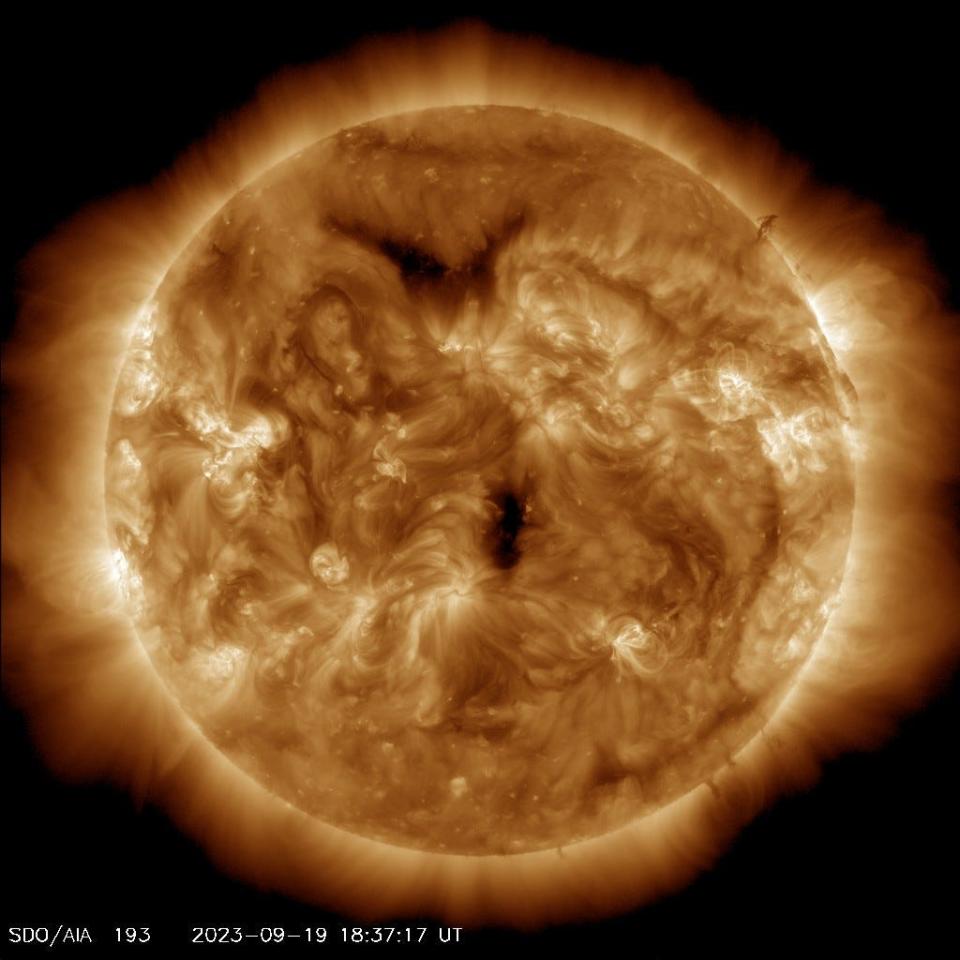
“What we’re trying to do is create the sun on Earth,” Luis Delgado-Aparicio, head of PPPL’s advanced project, told Business Insider. “And that’s very, very challenging,” he said, but this new record suggests they’re headed in the right direction.
The sun runs on nuclear fusion (when atomic nuclei combine and release energy) not to be confused with the process of nuclear fission (when atomic nuclei split apart and release energy) which powers nuclear reactors the today.
Fusion energy is more powerful than any form of energy we have today. If we can harness that power, it could produce nearly 4 million times more energy per kilogram of fuel than fossil fuels. In addition, it is carbon free.
There are still significant challenges before that becomes a reality, which is where experimental reactors like WEST come in.
Although WEST will not be used to generate electricity fusion to power homes, it is vital to the research that is laying the foundations for future commercial reactors.
WEST creates more energy and lays the groundwork for ITER
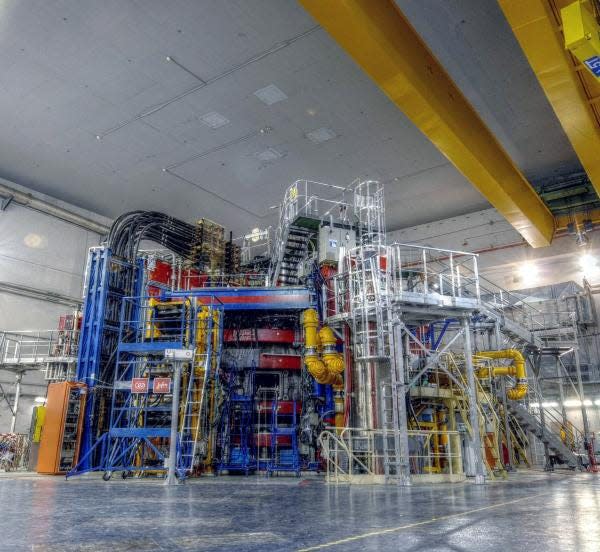

WEST has much in common with ITER, a nearby reactor under construction in southern France, which when completed will be the world’s largest tokamak capable of self-sustaining burning plasmas. Creating that self-heating mixture is a critical step in harnessing the power of fusion for commercial purposes.
However, due to cost and technological difficulties, it is unclear when ITER will be completed. Meanwhile, other facilities are experimenting with how best to operate the giant reactor. That includes WEST.
The two reactors are practically neighbors, and the experiments at WEST are directly applicable to ITER, Delgado-Aparicio said.
For fusion to occur on Earth, the fuel must reach at least 50 million degrees Celsius. One of the biggest hurdles facing fusion power is that it takes a huge amount of energy to generate those extreme temperatures, and, so far, reactors can’t sustain plasma long enough to get the excess energy they need. could be put towards commercial use. Currently, fusion reactors consume more energy than they produce.
WEST’s latest breakthrough is no exception. However, it generated 15% more energy from fusion compared to earlier efforts, PPPL reported in a statement. In addition, the plasma was twice as dense, another important component for creating more energy.
The key to WEST’s record success: tungsten
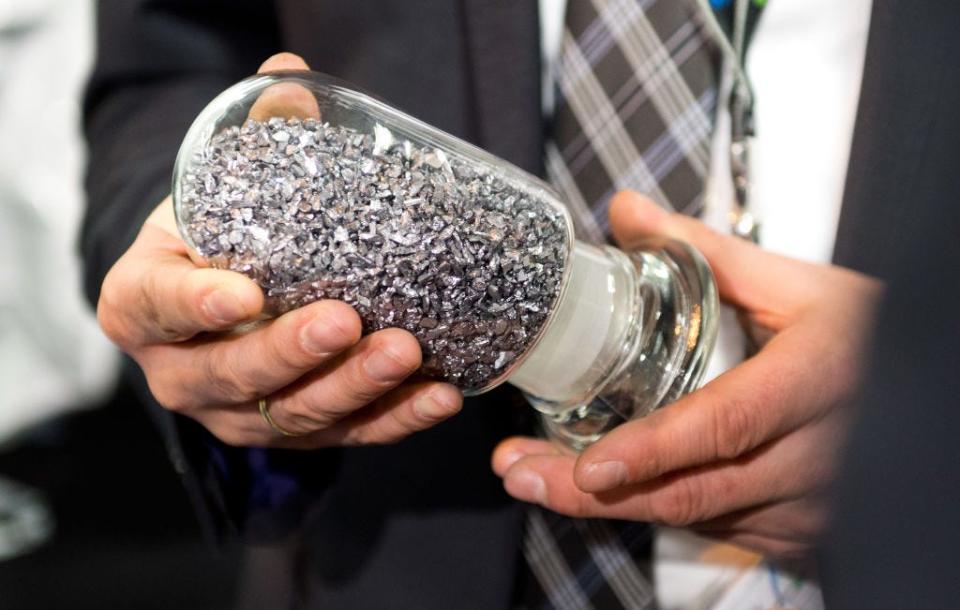

WEST is helping scientists test the best materials to build the walls inside a fusion reactor, which is not easy as these environments can reach temperatures more than three times hotter than the center the sun
Originally, there were carbon walls in the WEST. Although carbon is easy to work with, Delgado-Aparicio said, it also absorbs tritium, a rare hydrogen isotope that fuels the fusion reaction.
“Imagine you have a wall that’s not just a wall, but a kind of sponge,” he said, “a sponge that absorbs your fuel.”
So, in 2012, scientists decided to test a different material for the walls of the tokamak, tungsten – the same material that ITER will use for some of its main parts.
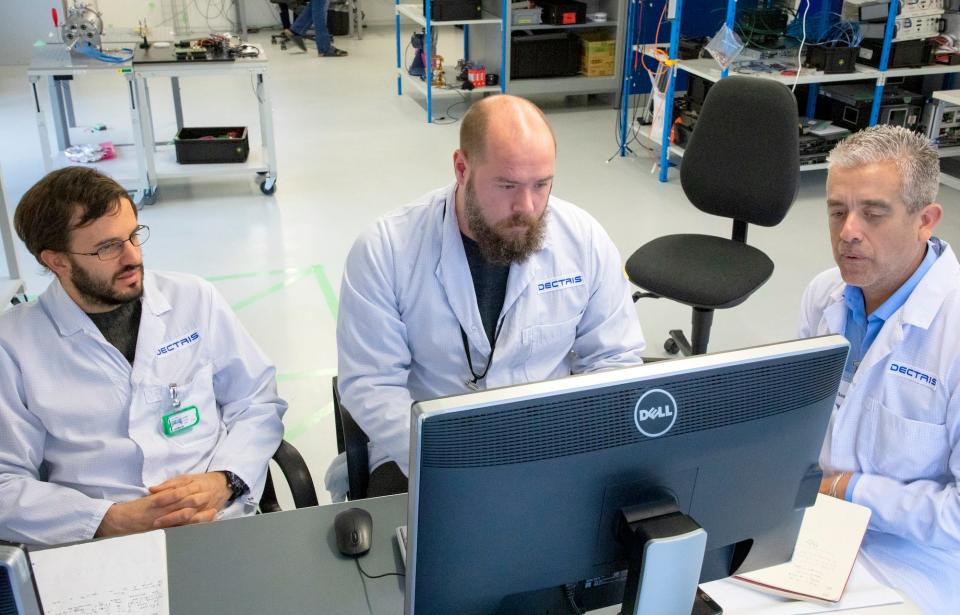

Tungsten’s ability to withstand heat without absorbing tritium, Delgado-Aparicio believes makes it the ideal material for tokamak walls.
That said, tungsten isn’t perfect. One of its drawbacks is that it can melt and enter the plasma, contaminating it. Subsequently, this can oppose the process, radiating a lot of energy away and cooling the plasma.
To optimize the system, scientists need to understand exactly how tungsten behaves and interacts with the plasma. That’s what researchers are doing with WEST.
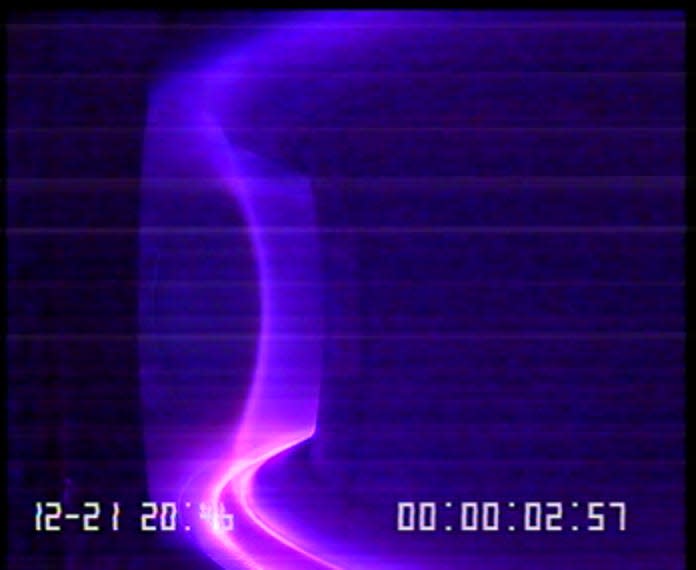

The team at PPPL modified a diagnostic tool they used in this latest experiment from WEST. The tool helped the team accurately measure the temperature of the plasma to better understand how tungsten transfers from the device wall to the plasma.
“We can detect how it moves inside, we can follow it, we can study its behavior inside the machine,” said Delgadot-Aparicio. This could help to develop methods in the future to keep the plasma free of impurities such as tungsten blobs that cool it.
“We now understand how that cooling needs to be taken care of,” he said, “and that experience is to be exported next door to ITER.”
WEST and ITER are not the only reactors that use tungsten.
Commonwealth Fusion Systems (CFS), for example, is using tungsten walls for SPARC, its demonstration fusion reactor. And Korea’s KSTAR has a tungsten diverter and recently demonstrated a 30-second, 100-million-degree plasma.
Whether tungsten is the key to unlocking commercial fusion energy remains to be seen.
Commercial fusion energy is probably still decades away, but Delgado-Aparicio thinks they are making strides toward “this great goal of giving energy to humanity.”
PPPL said it will publish the results of its experiment in a peer-reviewed journal in a few weeks.
Read the original article on Business Insider